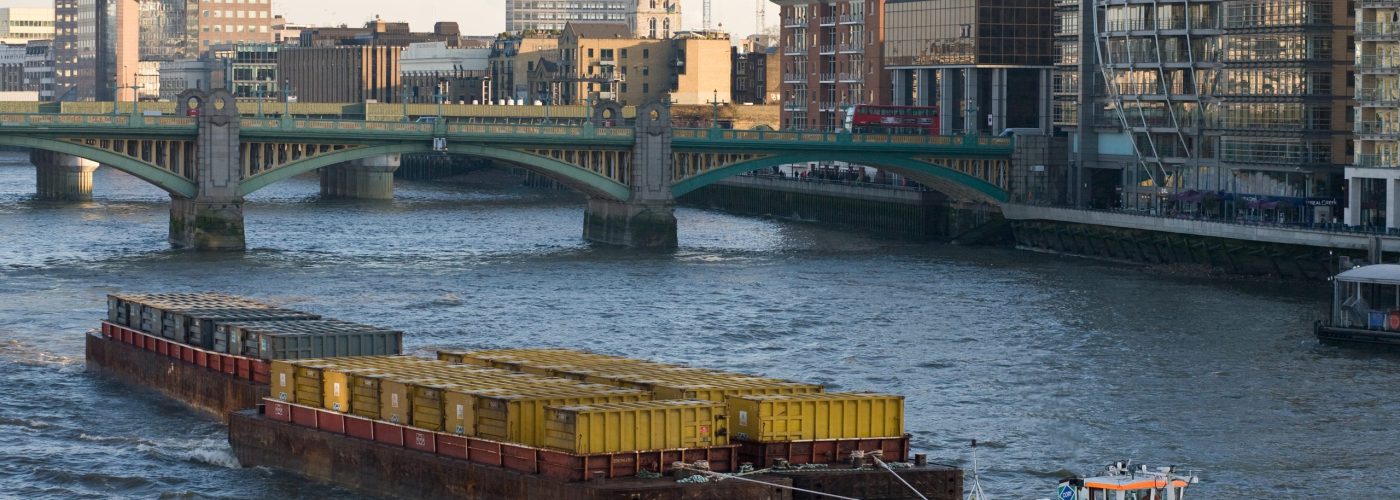London’s canals have seen in the last forty years a great resurgence, but, at the same time, they have also been used for leisure and alternative living more than their originally intended purpose. The ongoing housing crisis has made many property owners view setting up a home in a floating boat a viable option.
Ex-industrial areas are continuously being developed and barges are being overlooked as a viable way to transport away construction waste and bring in materials. Two examples of this situation are two large canal-side development projects that could easily incorporate the waterways into their efforts – Enfield Meridian Water Development and Old Oak Park Royal Development Corporation.
As HGVs are causing a vastly disproportionate amount of cyclist road deaths, getting freight off the roads would be safer, would reduce traffic and their environmental impact, with water transport only using around a quarter of the energy of an equivalent road journey.
A brief glimmer of hope was seen when Stratford was identified as the site for the 2012 Olympics. The area around the proposed park is riddled with canals and backwaters, perfect for heavy freight. Despite promising noises and the building of a new lock at Three Mills, which opened up a route to processing plants along the Thames Estuary, this option was not engaged with in any meaningful way.
The long hoped-for revival of waterways freight never happened and with the privatisation of the canals, it seems even further away. Moreover, the Canal and River Trust (CRT), the charity that now managed England and Wales’s canals, does little to encourage waterborne freight.
A concerted EU effort has seen a great resurgence in freight borne on inland waterways in mainland Europe, but unfortunately nothing comparable is happening on this side of the Channel. However, this is not due to a lack of options, as the UK has the infrastructure in place already. It is just a matter of using it.





